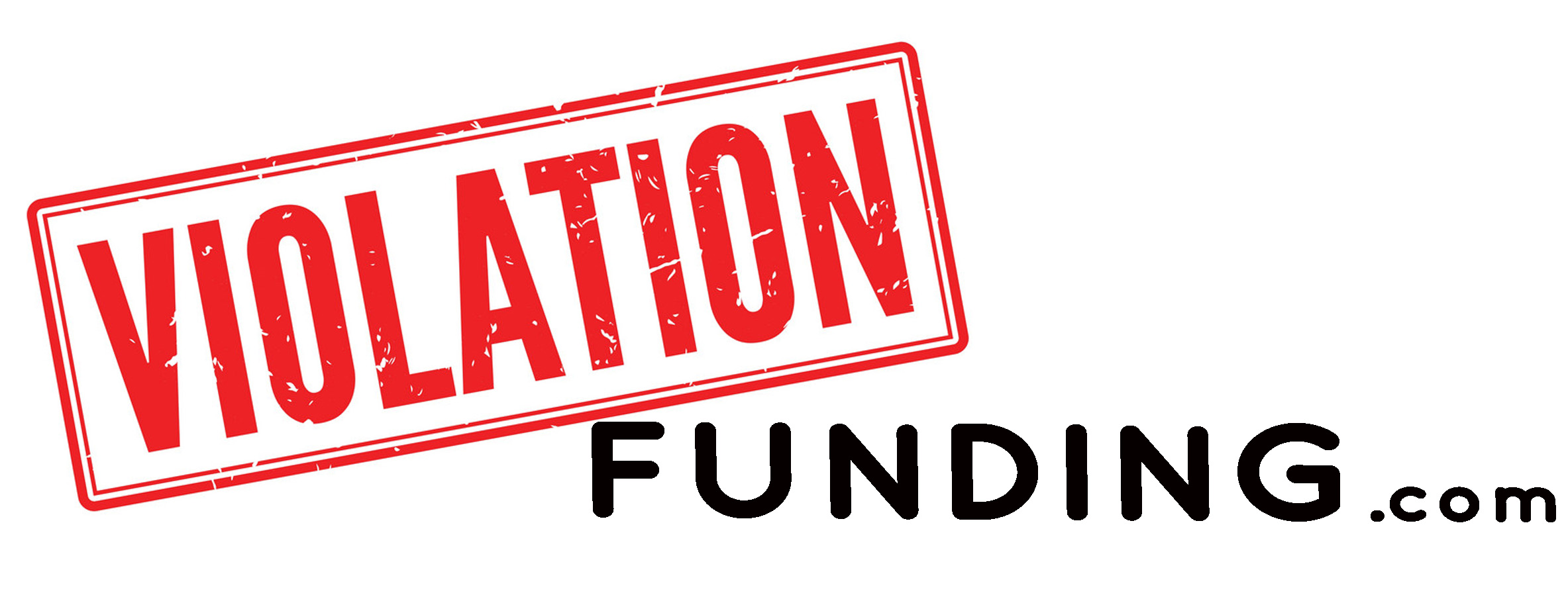02 Jan DSM-5 as well as how they Affects the Diagnosis away from BPD
Change into the DSM – Diagnostic and you will Statistical Tips guide, also called the fresh new “bible” getting psychiatrists or other mental health gurus plus the topic of far present conflict, affect numerous diagnoses, along with compared to Borderline Identification Sickness (BPD).” Transform to your BPD medical diagnosis throughout the the newest DSM-5 encompass revolutionary transform you to ultimately amend a concept of BPD who has survived with minimal changes because inserted the brand new DSM program 3 decades ago. Since the a good BPD analysis is now greatly underutilized, extremely clinicians lack the training that is needed to treat customers with BPD, and because on the diminished knowledge, he is reluctant to run which inhabitants.
Change inside DSM-5 could possibly get remind doctors and also make an effective BPD analysis more frequently than in the past. The latest diagnosis are more obvious and you may obtainable, maybe (and you may we hope) leading to the manufacture of far-requisite education applications having clinicians. Throughout the DSM-III and you can IV, place BPD according to the mother or father category of Personality Conditions possess recommended too-much use of the residual classification, PDNOS (Character Conditions Not Or even Specified).
Hopefully, the alterations in the DSM-5, which make the brand new criteria a whole lot more particular commonly disappear one another BPD’s overlaps as well as heterogeneity. Below are the alterations we will have, you start with the present day DSM-IV-TR and you can stepping into the newest DSM-5:
This new DSM-IV-TR (2000) standards to possess Borderline Personality Disorder is as comes after:
A pervading development out of imbalance out-of social matchmaking, self-image, and you may has an effect on, and you Indian dating site may noted impulsivity delivery from the early adulthood and present from inside the good type of contexts, just like the indicated by four (or even more) of your own after the:
- hectic services to eliminate real otherwise envisioned abandonment. Note: Don’t were suicidal otherwise care about-mutilating behavior safeguarded in Standard 5.
- a period from unpredictable and you may severe social matchmaking described as changing between extremes out-of idealization and you may devaluation
- name interference: significantly and you can continually volatile care about-image or feeling of thinking
- impulsivity when you look at the about a couple of section that are possibly mind-destroying (e.g., extreme purchasing, substances from discipline, sex, irresponsible driving, binge eating). Note: Don’t is self-destructive or worry about-mutilating decisions protected for the Standard 5.
- perennial self-destructive decisions, body language, otherwise dangers, or worry about-mutilating behavior
- affective instability due to a marked reactivity of disposition (age.g. severe episodic dysphoria, discomfort, otherwise nervousness constantly lasting a couple of hours and only rarely even more than a short time).
- chronic attitude out of emptiness
- poor, extreme outrage otherwise issue handling anger (age.grams. repeated screens off aura tantrums, lingering rage, and you can reoccurring fights).
- transient, stress-relevant paranoid ideation otherwise big dissociative symptoms
The latest DSM-5 (2013) diagnostic standards for Borderline Identity Sickness:
Many top features of an identification illness is problems in the identification (self and you will interpersonal) working in addition to visibility out-of pathological character traits. To identify borderline identity diseases, the next standards should be came across:
Impairments when you look at the notice-working (an effective or b)
a) Identity: Significantly impoverished, poorly setup, or unstable self-photo, usually with the excessive mind-criticism; chronic attitude out of condition; dissociative claims around be concerned.
Problems in interpersonal doing work (good or b)
a) Empathy: Affected power to accept the newest emotions and needs out-of other people related that have social allergy symptoms (we.age. more likely to effect slighted or insulted) thinking out of others precisely biased on the negative qualities otherwise vulnerabilities.
Bad Affectivity, described as:
a) Psychological lability: Unstable emotional enjoy and you may frequent feeling transform; feelings that are with ease naughty, severe, and/otherwise off proportion to situations and you can circumstances.
b) Anxiousness: Extreme emotions of nervousness, tenseness, or worry, have a tendency to responding in order to social worries; value the outcomes of earlier offensive experience and you can coming negative solutions; impression afraid, anxious, otherwise threatened by suspicion; worries away from falling apart or dropping control.
c) Breakup insecurity: Concerns away from getting rejected because of the – and/otherwise break up from – high other people, in the anxieties off continuously dependency and you can over death of independency.
Disinhibition, characterized by:
a) Impulsivity: Performing on brand new spur-of-the-moment as a result so you can immediate stimuli; acting on a fleeting basis rather than a strategy or believe out-of outcomes; difficulty installing otherwise pursuing the plans; a feeling of urgency and you will self-harming choices around emotional worry.
Antagonism, described as:
C) The newest problems in identity doing work as well as the person’s identity feature term are seemingly secure across time and uniform round the circumstances.
D) New impairments within the identification working together with individual’s character feature expression are not ideal knew since the normative into the person’s developmental phase or socio-cultural ecosystem.


No Comments